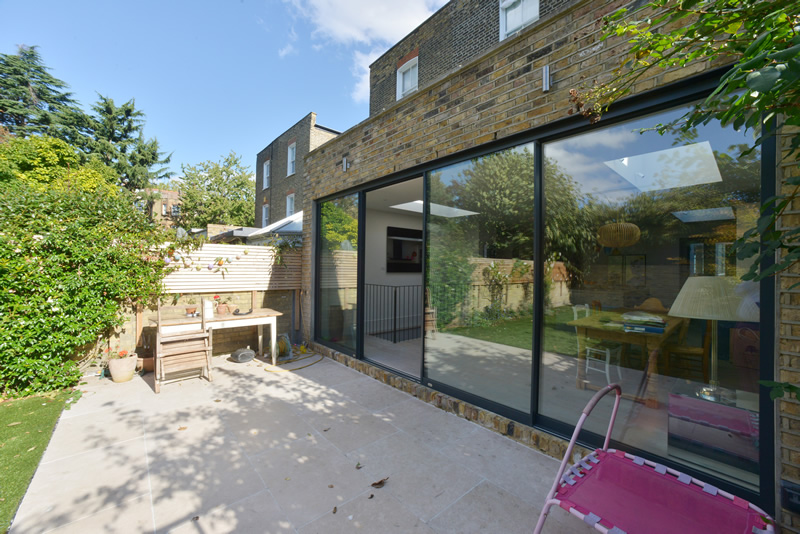Basement construction in London is often the most practical way of acquiring additional living space. Expanding a home into lofts and attics often involves conflict with building regulations, as do plans to swallow green garden space. Moving home entirely can be the most disruptive option of all, taking years to adapt to new spaces and neighbourhoods. Some property owners are nevertheless reluctant to consider a basement conversion or subterranean extension. They assume they will be dark, damp and claustrophobic. Although every case is different, basement constructions in London, properly designed, can deliver living space that fits none of those descriptions.
Modern tanking methods, the use of fibre optics, ingenious light wells and installation of reflective materials can ensure a lower level is as well-flooded with warmth and natural light as the floor above. The assistance of a specialist basement construction company at the very outset of the design makes all the difference.
Basements fall into four categories and you should start by considering which solutions are the most practical in your circumstances.
Walk-up basements
These are basement levels accessed by an exterior stairwell. Replacing concrete steps with a lightweight staircase and expanding window areas into the liberated space often makes a radical difference to the natural lighting, and improves ventilation too. Reflective materials can route that light even deeper into the building.
Look-out basements
Many Victorian houses were intentionally constructed with internal ground floors above exterior ground levels. In part, this was a damp precaution but also to allow some light into basements or access for coal deliveries.
If there is sufficient clearance, or scope to lower ground levels further, enough of the basement wall may be above ground level for windows to look directly out onto streets or gardens, hence the term “look-out” basement. There may even be sufficient space around the perimeter of the property to allow it to be converted into a walk-up basement, but even if this is not the case, the look-out basement often enjoys even better access to light and fresh air than many walk-up basements even before other enhancements are considered.
Walk-out basements
These are also often called “daylight”, “slope-out”, or “split-level” basements. Usually, the house is on sloping terrain such that the bottom floor opens directly to the outside on one side of the house only, while on the other side of the property, access to street level is on the floor above.
Environmental improvement and improved tanking are often all that is needed to restore lower levels to fully habitable spaces. Adding entirely new sub-levels may even be possible.
Under-garden extensions
If the higher side around a house is at the rear, extending beneath the garden is something to consider. Spacious light wells and separate access are often possible at the far end of such developments, preserving existing gardens and even providing new sunny but private outdoor spaces at the lower level.
Crawl spaces
No cellar at all? Don’t despair: a crawl space of a few feet means you have a proper suspended ground floor and excavation of a new basement level may be simpler than you think.

